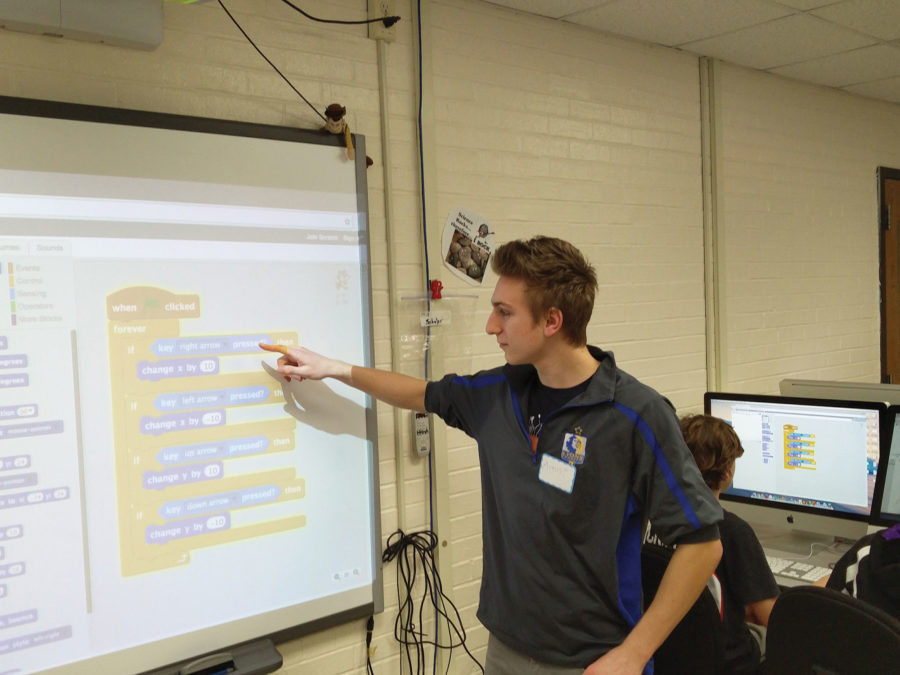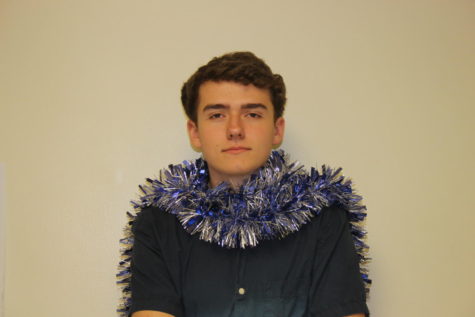Students start coding class
Upperclassmen create after-school class, give elementary D102 students exposure to coding
April 11, 2017
Every Tuesday during the month of February from 6:15 to 7:30 p.m., August Domanchuk ‘17, Corey Kline ‘17, Thomas Maloney ‘17 and Noah Reardon ‘17 taught coding to fourth and fifth grade students at an after school class in District 102.
“We weren’t aiming to make them experts,” Domanchuk said. “Our original plan was to give the students the exposure and inspiration to explore the world of coding.”
The initial idea of the after school class came from a junior year English essay that Domanchuk and Kline wrote. They argued schools needed to increase exposure to coding.
“After I took my first coding class at LT, I was confused why other students were ahead of me,” Domanchuk said. “I learned they were learning coding at home. This is when I realized that early exposure was necessary.”
The class, consisting of 35 students taught at Park Junior High School, was designed by Domanchuk while Kline, Maloney and Reardon assisted in teaching the students. The age group was chosen based on a survey mailed to families in D102. The fourth and fifth grade students reacted strongest to the idea of the class, so Domanchuk aimed to educate this demographic first. “We didn’t want to scare the kids,” he said. “We wanted to provide a sense of inspiration and motivation. The learning process comes when they enjoy what they’re doing.”
The goal was not to educate as many kids as possible, but rather to target a select few students who could then spread their newly acquired knowledge to friends and fellow students, Maloney said.
The after school class used a coding program called Scratch. The MIT-developed program utilizes a “drag-and-drop” experience, eliminating the need for advanced keyboarding skills, Kline said.
“Scratch allowed the kids to quickly and easily learn the core concepts we were teaching,” Kline said. “We had them make fun interactive games. The kids loved it.”
Bill Allan, LT teacher and father of a participant in the after school class, is a firm believer that there is a deficit of exposure to coding.
“Given the socio-economic status of this area, it’s crazy to think that there is a deficit of technology opportunity for kids,” Allan said. “Whether it’s through clubs or classes, there should be more opportunities.”
Because the after school class could only have 35 students, Domanchuk wanted another way to expose younger students to coding. He created a Go-Fund-Me petition called “Bit by Bit: Building Futures” as a way for students unable to participate in the class to learn coding at home through a monthly subscription to Bitsbox.
“We didn’t know how to get exposure to kids not in the class,” Domanchuk said. “Some families can’t afford the $25 a month, or are unaware of the program. We wanted to enable all kids to have the exposure, even if they’re financially unable.”
Bitsbox is a program that teaches kids coding through app-building projects in the mail each month. Kids can code from home, and they don’t need to purchase any software for the program because Bitsbox runs on common internet browsers.
The Go-Fund-Me page reached its initial goal of $1,000 in under 12 days. With the initial goal, 10 kids can be sponsored for a four months. Once the primary goal was met, Domanchuk decided to expand and raised the goal to $2,000.
“We can’t reach every kid,” he said. “The fundraiser gives the kids without financial accessibility a wonderful opportunity, and in turn, they can create a chain reaction and teach other kids.”
An increasing number of families are seeking out opportunities for the class. However, availability is limited because of the schedules of class participants and student teachers.
“As a parent, I hear everyone asking when more classes are coming,” Allan said. “There is an obvious demand for these opportunities.”
After spring break, the teen educators hope to begin classes with sixth graders in D102. Although the class is only working with D102 students at the moment, the senior coders hope to spread out into other districts, Kline said. Additionally, with Domanchuk, Kline, Maloney and Reardon graduating, they are seeking out sophomores and juniors to take over the program next year. Allan believes that coding and computer exposure can also change the intensity of classes and curriculum at LT.
“If the feeder schools had these classes, LT teachers could begin teaching more intense content,” he said. “In the long run, it will give LT students a leg up in high school, college and the real world.”

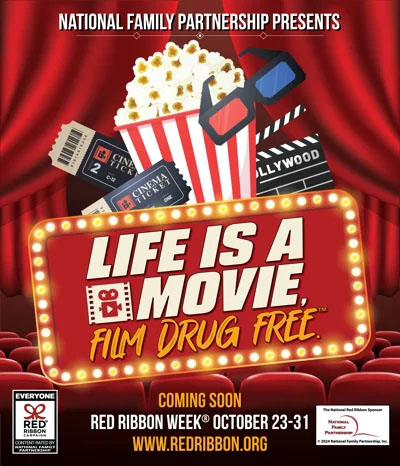
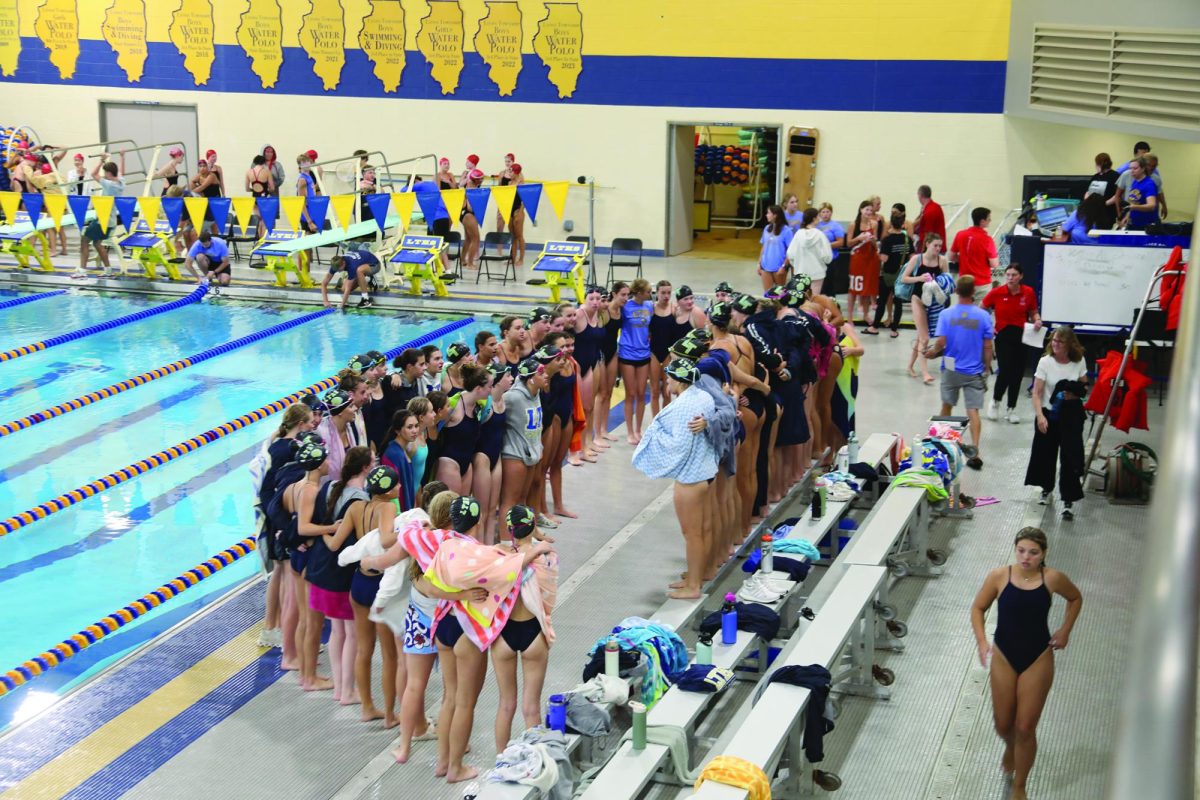
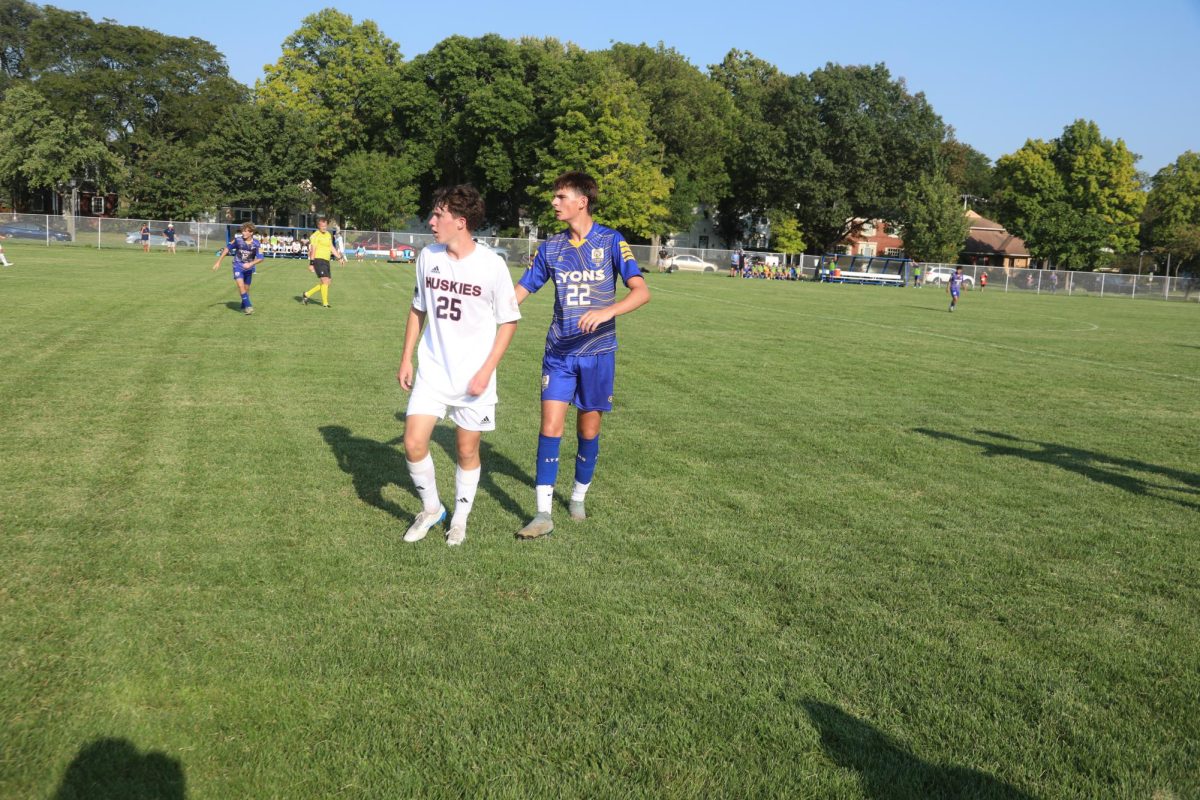
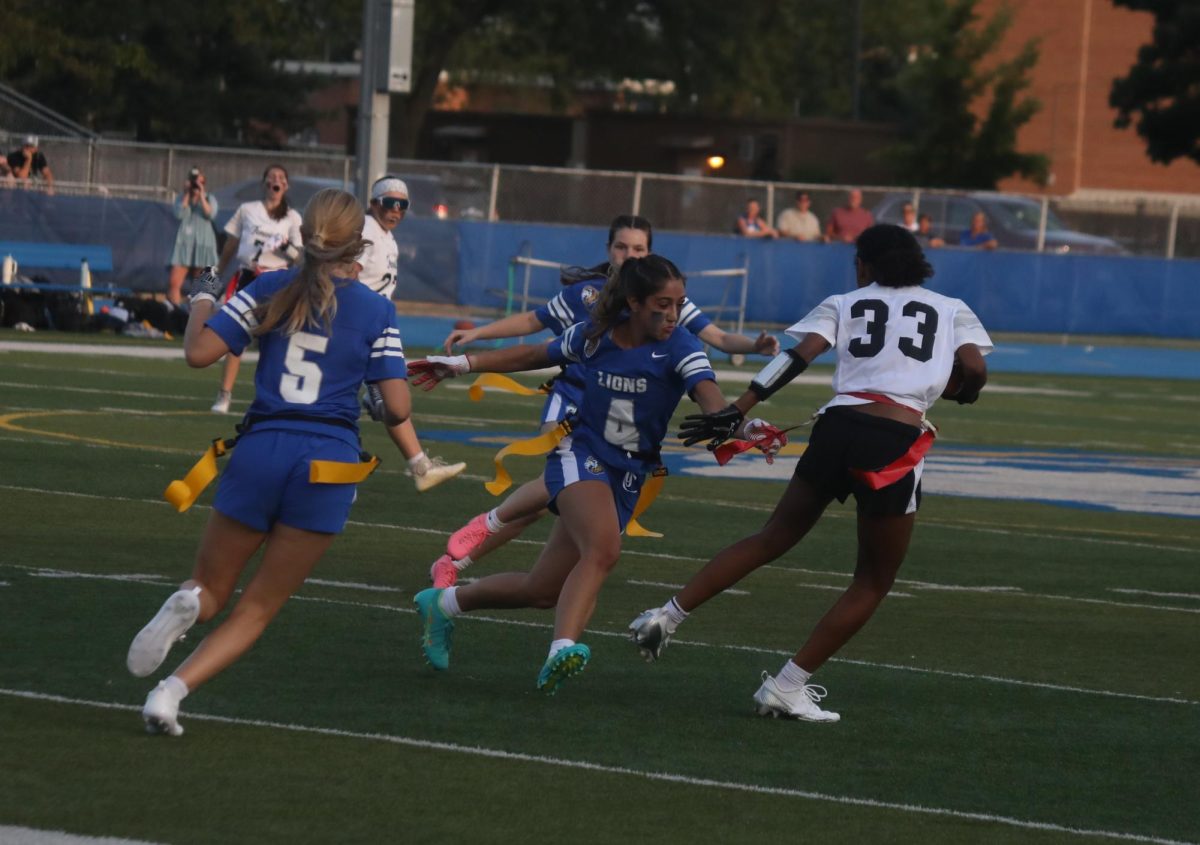
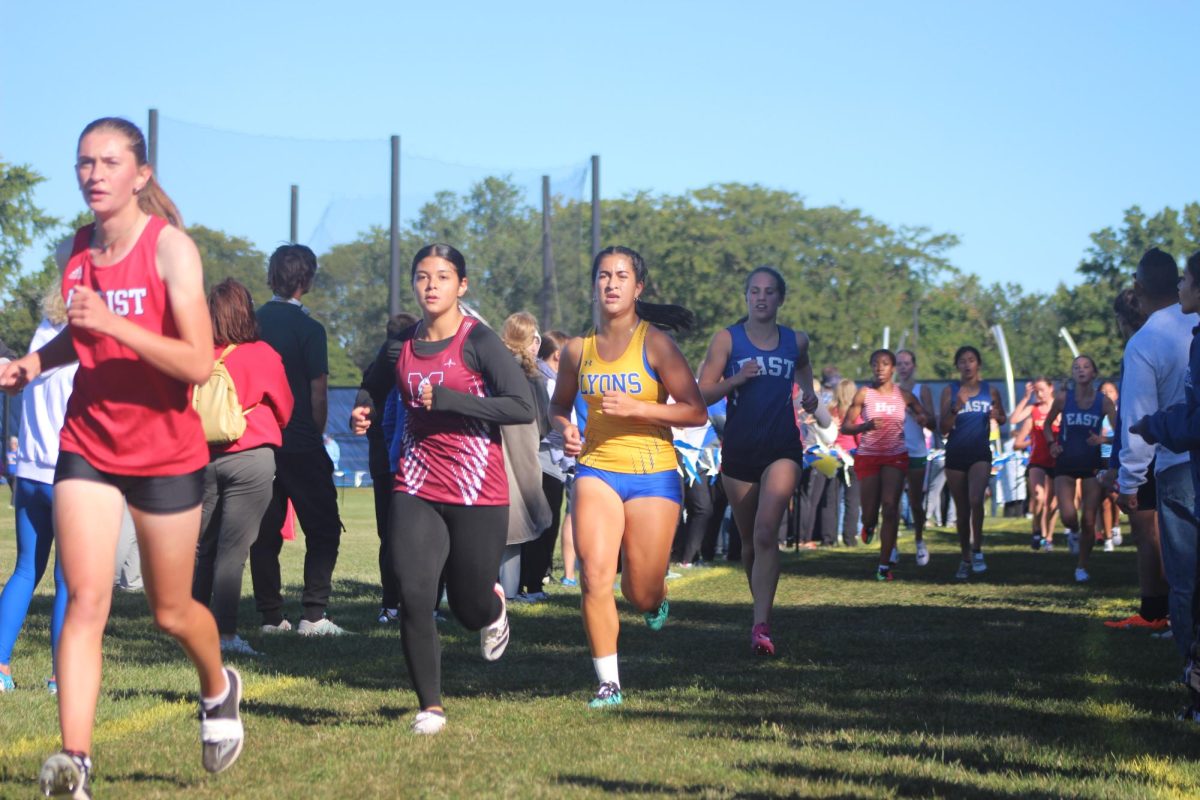



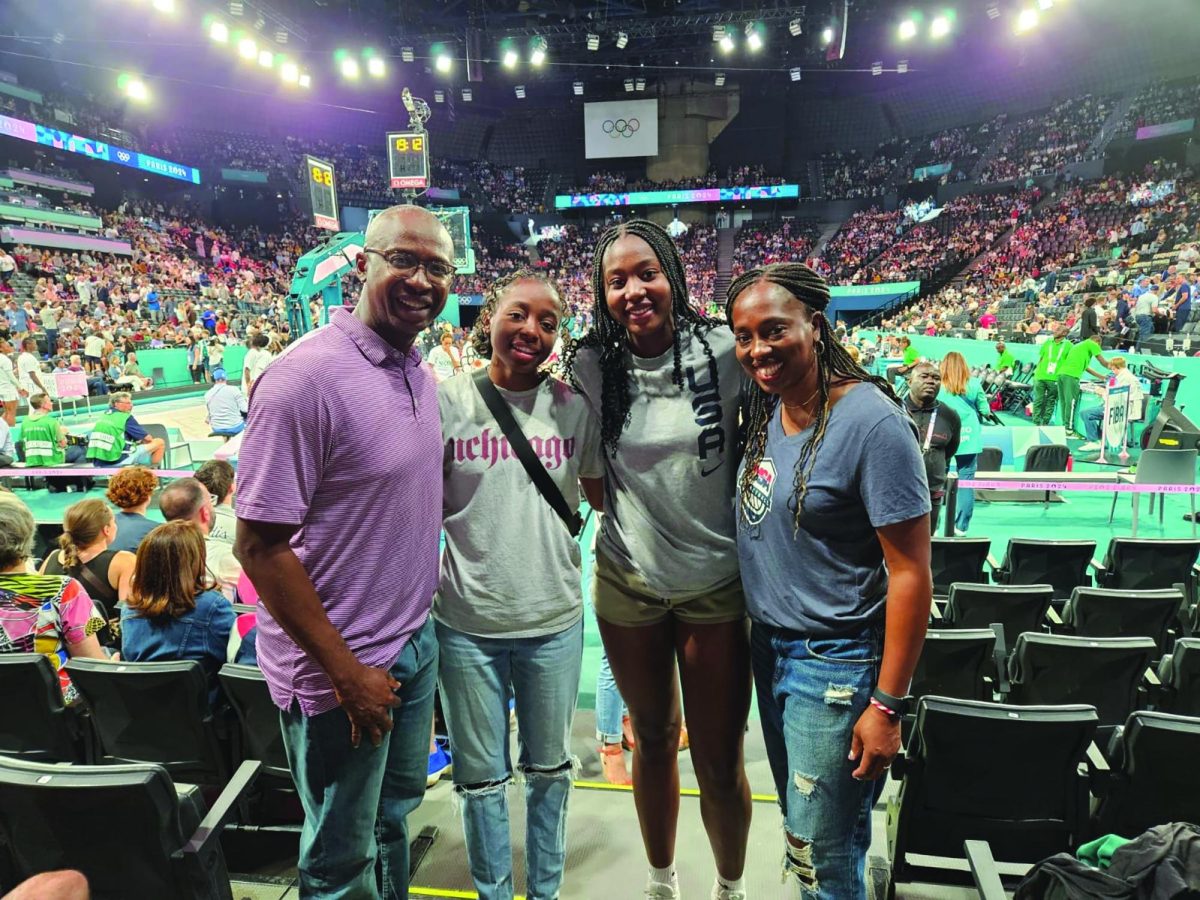
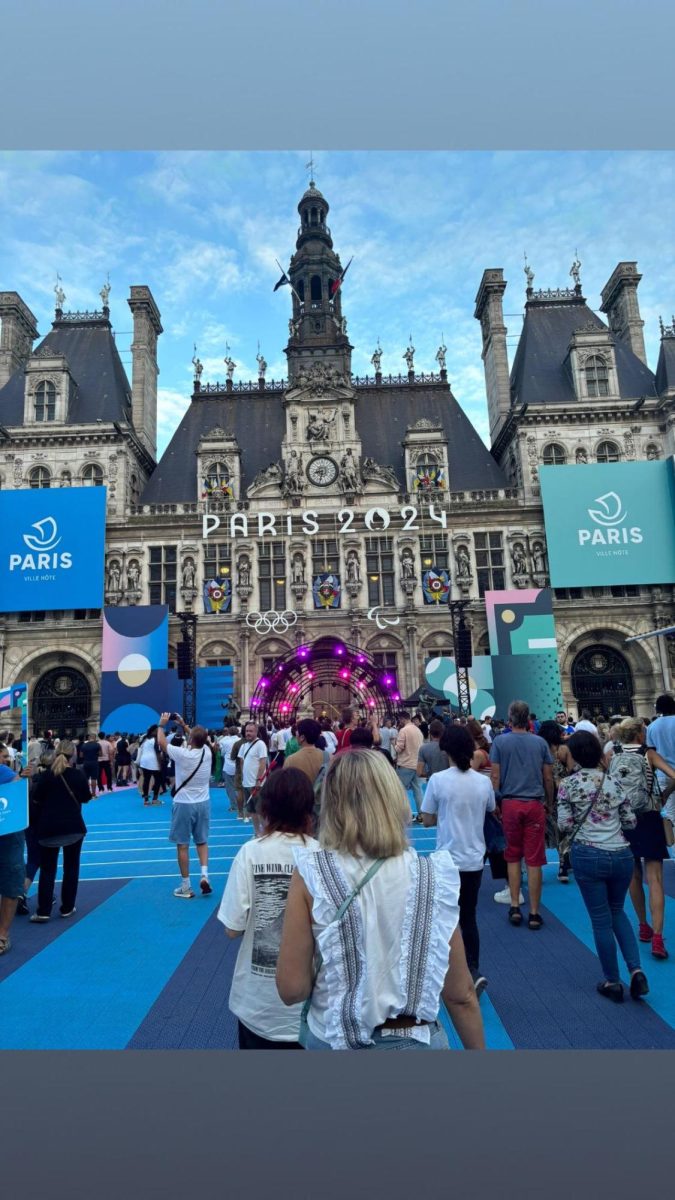
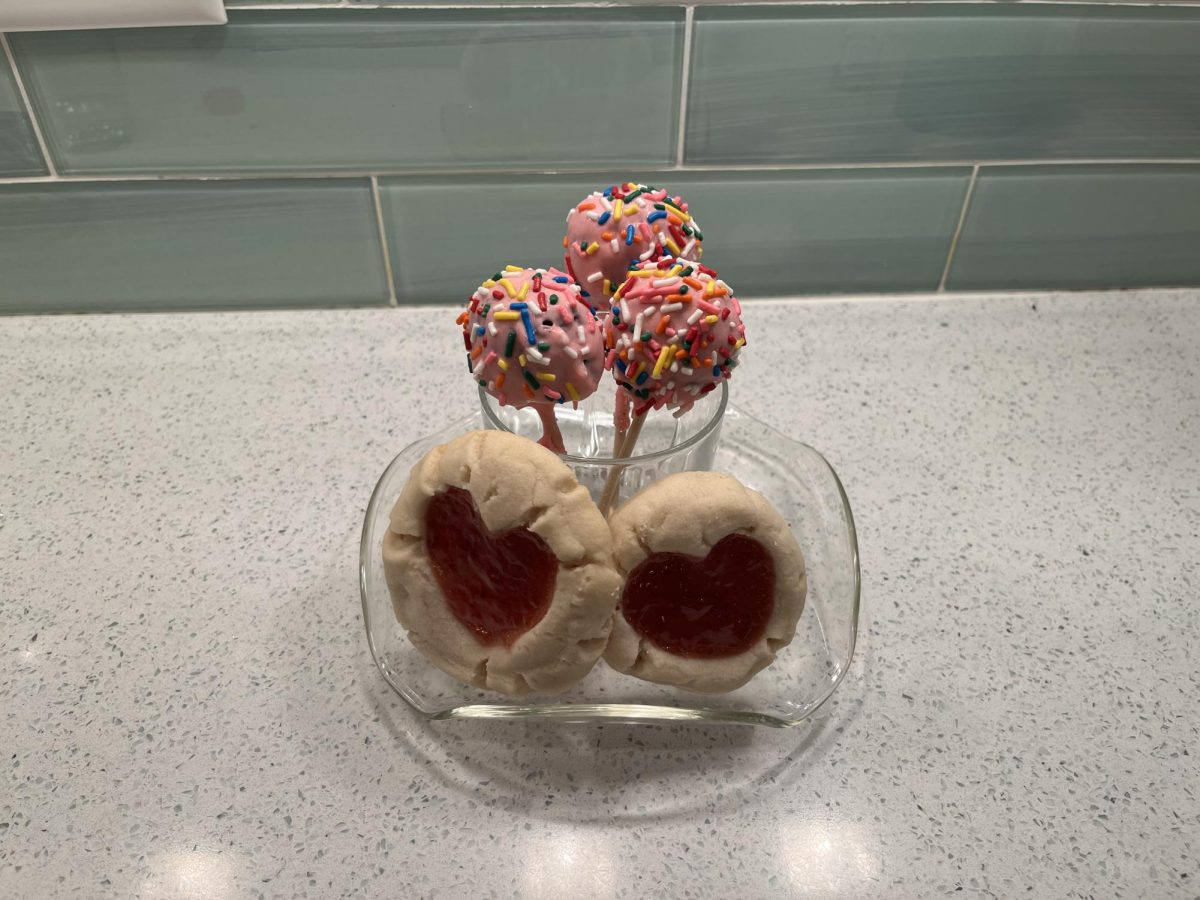



![Movie poster for '[Rec]" (2007).](https://www.lionnewspaper.com/wp-content/uploads/2023/04/rec-640x900.jpg)

